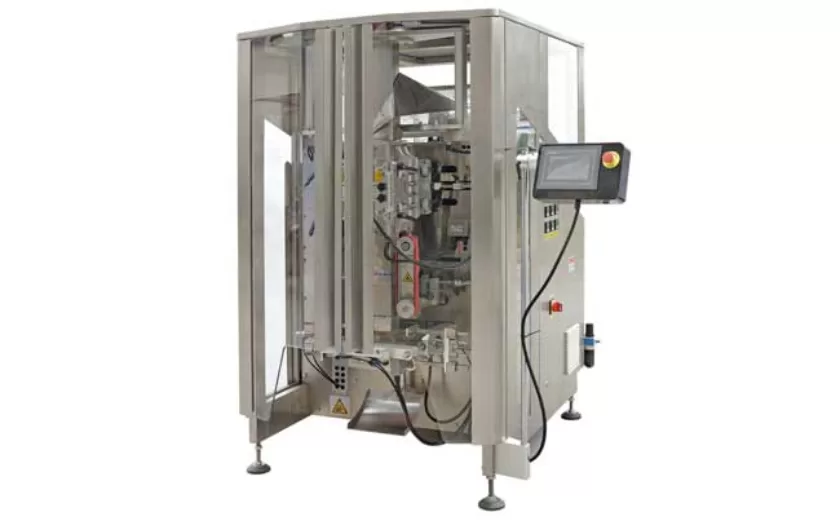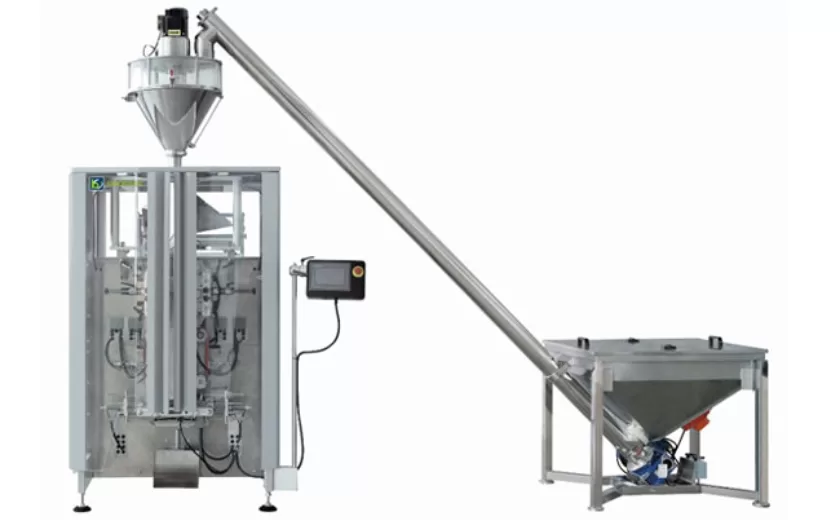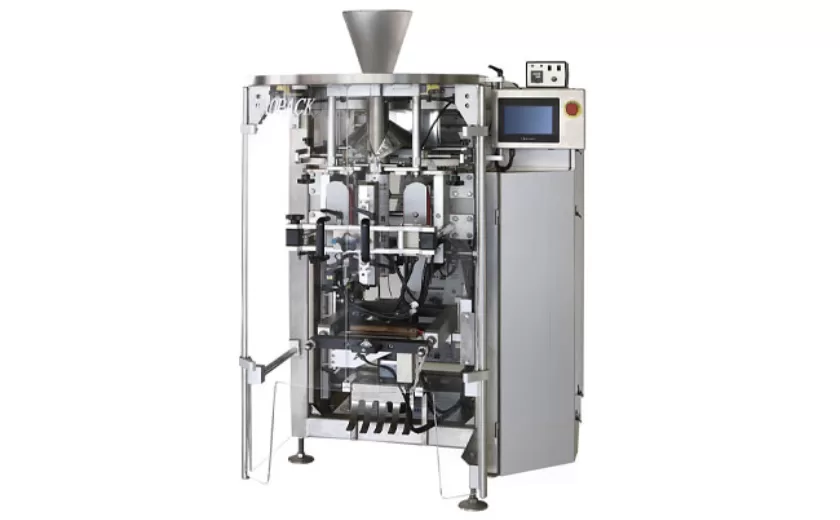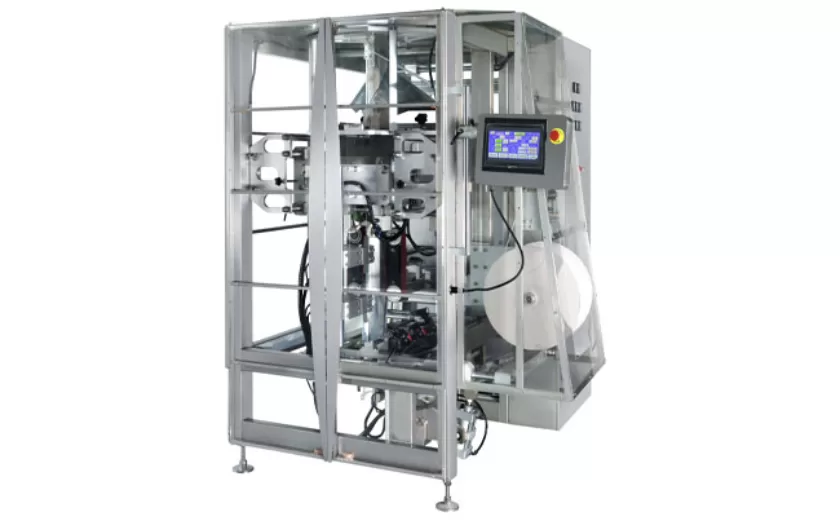The Best Practices for Operating a Weigh Filler Packaging Machine
In the realm of packaging, precision and efficiency reign supreme. Weigh filler packaging machines stand as the gatekeepers of accuracy, ensuring that your products meet the highest standards. To harness the full potential of these machines, following best practices is paramount.
1. Calibration is Key:
Just like a fine-tuned instrument, weigh filler machines require regular calibration. This ensures that the machine accurately measures the weight of your products, preventing costly overfills or underfills. Schedule regular calibrations to maintain optimal performance.
2. Product Compatibility:
Not all weigh fillers are created equal. Selecting a machine compatible with your specific product is crucial. Consider the product’s density, flowability, and particle size to avoid clogging or improper filling.
3. Proper Setup:
Setting up the machine correctly lays the foundation for smooth operation. Follow the manufacturer’s instructions carefully, ensuring that the hopper is filled to an appropriate level and the discharge chute is positioned properly.
4. Feed Control:
Consistent product flow is essential for accurate weighing. Utilize feed mechanisms such as vibratory trays or screw conveyors to ensure a steady supply of product to the weigh hopper.
5. Environmental Control:
External factors can affect the accuracy of weigh fillers. Maintain a stable temperature and humidity in the operating area to minimize inaccuracies caused by fluctuations.
6. Regular Maintenance:
Preventative maintenance is the cornerstone of longevity. Regularly inspect and clean the machine, paying special attention to the weighing mechanism and sensors. Early detection of issues can prevent costly downtime.
7. Operator Training:
Empower your operators with proper training. Instruct them on best practices, safety procedures, and troubleshooting techniques. Skilled operators can optimize machine performance and minimize errors.
8. Data Analysis:
Modern weigh fillers offer data logging capabilities. Analyze this data to identify trends, optimize settings, and pinpoint potential problems. Continuous monitoring ensures continuous improvement.
9. Safety First:
Safety is paramount in any packaging operation. Adhere to all safety protocols, wear appropriate PPE, and ensure that the machine is properly grounded to prevent shocks or explosions.
10. Constant Optimization:
Weigh filler technology is constantly evolving. Stay abreast of advancements and implement upgrades as needed to maintain efficiency and accuracy. Continuous optimization is the key to maximizing your investment.
By adhering to these best practices, you can transform your weigh filler packaging machine into a precision instrument that delivers consistent, high-quality products. Remember, precision and efficiency are the pillars of packaging excellence.
-
Efficient Liquid Filling and Packing Machines for Modern Production
23-10-2025 -
Reliable Granule Packaging Machines for Efficient Production
23-10-2025 -
Efficient Auger Powder Filling Machines for Accurate Packaging
23-10-2025 -
High-Performance Liquid Filling and Packing Machines for Hygienic Production
10-10-2025 -
High-Efficiency Granule Packaging Machines for Precision and Speed
10-10-2025 -
High-Precision Auger Type Powder Filling Machines for Efficient Packaging
10-10-2025 -
Efficient Vertical Form Fill Seal Packaging Machines for Smart Production
10-10-2025 -
Vertical Form Fill Seal Machine Solutions for Efficient Packaging
10-10-2025 -
Efficient Packaging Solutions with Advanced Vertical FFS Machines
10-10-2025 -
Vertical FFS Machine Solutions for Efficient Packaging
30-09-2025












